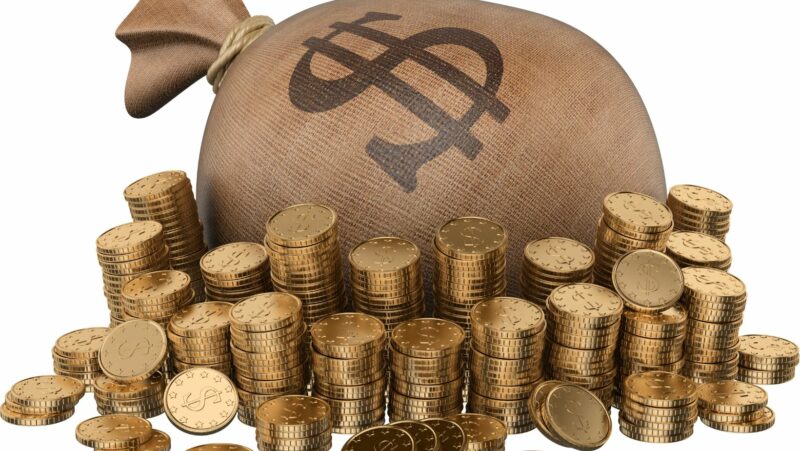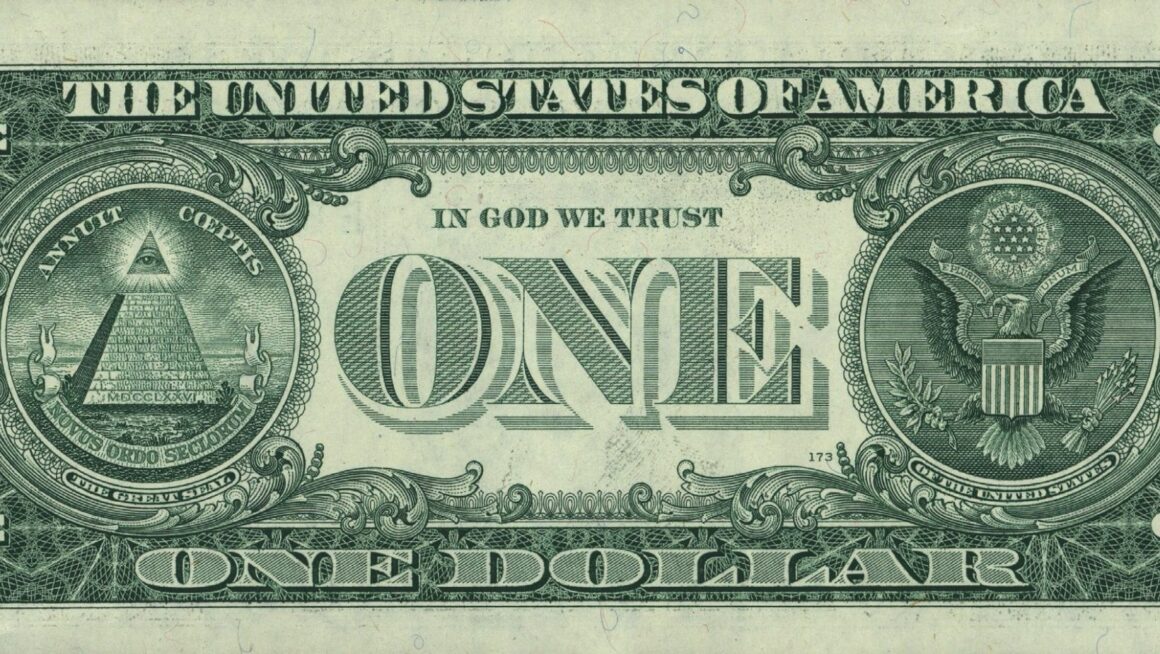Curious about the value of 700,000 pennies in dollars? Well, I’ve got the answer for you! Converting a large number of pennies into dollars may seem daunting, but it’s actually quite straightforward once you break it down. In this article, I’ll walk you through the simple process of determining how much those 700,000 pennies are worth in dollars.
How Much is 700 000 in Pennies in Dollars
Breaking Down the Basics

Conversion from pennies to dollars holds significance in practical financial scenarios. For instance, when dealing with large amounts like 700,000 pennies, converting them into dollars provides a clearer perspective on the overall value. It simplifies transactions, budgeting, and financial planning as dollars are a standard unit of currency widely used for various purposes. Understanding this conversion allows for effective decision-making based on accurate financial representations.
Calculating 700,000 Pennies into Dollars
Step-by-Step Conversion Process
To calculate 700,000 pennies into dollars, I’ll first consider the basic conversion rate: 100 pennies make up one dollar. Dividing 700,000 pennies by 100 gives me 7,000, which represents the equivalent value in dollars. This straightforward conversion method allows for easy understanding of the penny-to-dollar ratio.
Tools and Apps to Simplify Conversion
When it comes to simplifying the conversion of 700,000 pennies into dollars, various online tools and apps can be handy. Websites like XE Currency Converter and CoinMill offer quick and accurate penny-to-dollar conversion. These resources help streamline the process, ensuring precise calculations for practical financial applications.
Visualizing the Volume of 700,000 Pennies
Size and Weight Considerations

In contemplating the logistics of storing and transporting 700,000 pennies, practical considerations come to light. A standard penny roll holds 50 coins, meaning 700,000 pennies would require a whopping 14,000 rolls for containment. This equates to approximately 280 pounds (127 kilograms) of coinage, presenting challenges in both storage space and transportation logistics.
The History and Evolution of the Penny
The Origins of the Penny
Exploring the origins of the penny takes us back to the early 8th century in England when the Anglo-Saxons introduced the concept of a “penny.” Originally, the penny was known as a “sterling,” derived from the Old English term “steorling,” meaning “little star.” These small silver coins were the first step towards establishing a standardized form of currency in England. Over time, the penny became a crucial unit of currency in various economies, symbolizing not only monetary value but also cultural and historical significance.
The Penny in Today’s Economy
In today’s digital economy, the penny holds a unique place despite its minimal economic value. The United States Treasury still produces pennies, highlighting the significance of this small coin. However, debates continue regarding the practicality of the penny in modern transactions, with some advocating for its elimination due to production costs exceeding its face value. Despite this, the penny remains in circulation, ingrained in everyday transactions and symbolic of a long-standing monetary tradition.

